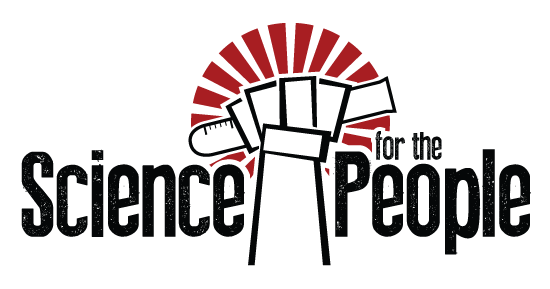Frances Glessner Lee and the Nutshell Studies #564
June 21, 2020

Around the end of the second world war, a set of tiny miniature dioramas depicting a variety of deaths were created to help teach investigators how to approach a crime scene. You may have heard of the Nutshell Studies of Unexplained Death and their maker, Frances Glessner Lee... but you probably didn't know how Lee became interested in forensics, that she used her inheritance to establish a department of legal medicine at Harvard Medical School to accellerate the field, or that she used her political savvy to push the adoption of the medical examiner system in more jurisdictions. We talk to Bruce Goldfarb, Nutshell Studies curator and author of the new book "18 Tiny Deaths: The Untold Story of Frances Glessner Lee and the Invention of Modern Forensics", about the woman behind the famous Nutshell Studies considered to be one of the early pioneers of modern forensics.
Guests:
- Bruce Goldfarb
Featured Book

18 Tiny Deaths: The Untold Story of Frances Glessner Lee and the Invention of Modern Forensics
Guest Bios
Bruce Goldfarb
A former EMT/paramedic, Bruce Goldfarb is an award-winning journalist whose work has appeared on All Things Considered, the Washington Post, USA Today, American Health, Baltimore magazine, and many other print and online publications. Since 2012, Goldfarb has been executive assistant to the Chief Medical Examiner for the State of Maryland. He is public information officer for the OCME, regarded as one of the best in the world, and is curator of the Nutshell Studies of Unexplained Death. "18 Tiny Deaths: The Untold Story of Frances Glessner Lee and the Invention of Modern Forensics" is his first book of popular nonfiction.







